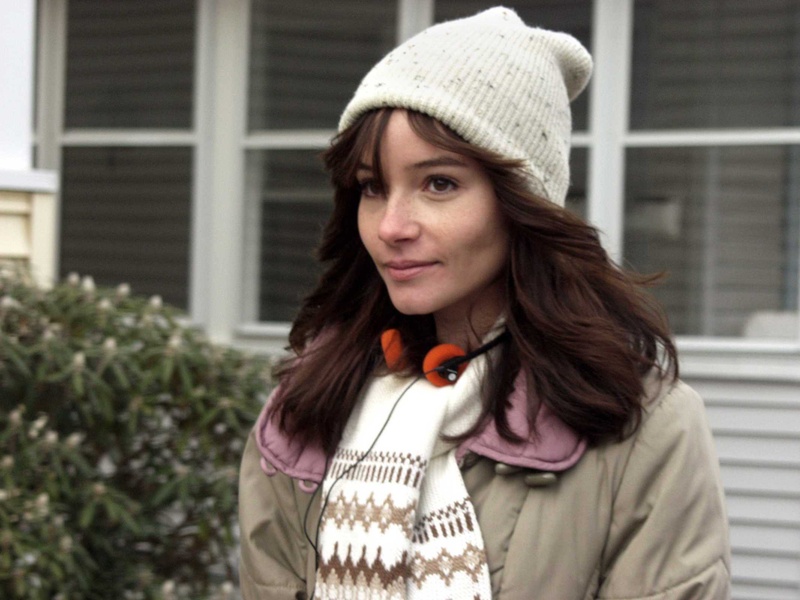In his article, “The Enjoyment of Fear,” Alfred Hitchcock wrote that, “Millions of people go to great hardship merely to enjoy fear.” Hitchcock became the Great Modern Director through his ability to cultivate terror, particularly through his use of ambiguity.
When used correctly, ambiguity carries a queasy frisson. Unfortunately, one can also misuse it, and this week Portland’s got two examples of ambiguity in film.
In theaters (at the Nickelodeon): Michael Haneke’s “The White Ribbon.” A bleak, austere fable set before World War I, the film tracks the impact a series of increasingly sinister accidents have on a rural German town.
Haneke posits these incidents as well, there’s that old ambiguity: The end of innocence? The beginning of Nazism? The revelation of pure, faceless evil? Haneke doesn’t reveal the mystery, and his trust in ambiguity is admirable.
I have no doubt Haneke created the exact film he wanted to, but what a dry, unaffecting thing it is! The film looks great – high-contrast black and white tableaus – but lacks vitality. Everything’s restrained to a fault, so we feel none of the fear gripping this town.
Haneke even employs a narrator who often discusses incidents before they occur, thus further robbing the film of suspense. I initially thought this device a joke, a way of downplaying serious themes while denying audiences closure.
However, the film isn’t funny. It’s a leaden (144 minutes), hermetically sealed drag.
At Videoport: “The House of the Devil.” Under-seen and under-appreciated (it was not released theatrically in Portland), it’s a small masterpiece of ambiguous suggestion.
After an ominous opening scroll warning viewers of devil worshippers, the film spends most of its 80 minutes watching a babysitter alone in an old house. She watches TV, snoops around a little, orders a pizza. Nothing out of the ordinary.
Yet it burrows and unnerves. With a film 180 degrees removed from Haneke’s style, writer/director Ti West creates a subjective atmosphere that he mines for maximum impact, putting you right alongside the heroine.
Every creak, every shadow, every barely glimpsed “something” has an insidious potency because, for the most part, West never tips his hand toward a clear threat. The last five minutes deflate the tension somewhat, but not enough to deny West comparisons to early Polanski, Hitchcock and Val Lewton.
So save your money and rent “House of the Devil” over a ticket to “The White Ribbon.” There’s no clearer case of better ambiguity.
Josh Katz is a freelance writer who lives in Portland.
Send questions/comments to the editors.



Success. Please wait for the page to reload. If the page does not reload within 5 seconds, please refresh the page.
Enter your email and password to access comments.
Hi, to comment on stories you must . This profile is in addition to your subscription and website login.
Already have a commenting profile? .
Invalid username/password.
Please check your email to confirm and complete your registration.
Only subscribers are eligible to post comments. Please subscribe or login first for digital access. Here’s why.
Use the form below to reset your password. When you've submitted your account email, we will send an email with a reset code.